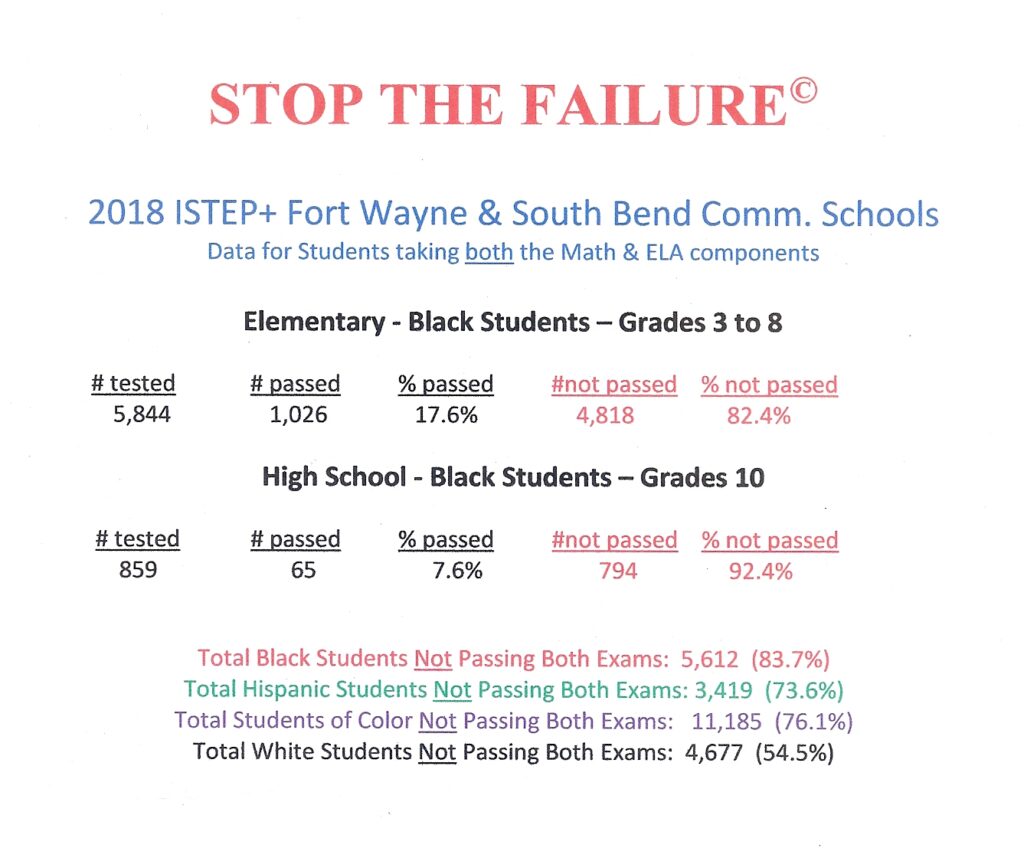There are many new and exciting things happening in some schools: innovative education methodologies, ever more sophisticated technologies, and curricula that are being challenged and re-examined.
Recently, our friend @tracyscottkelly shared a teacher’s ( @HJL_Greenberg ) enthusiastic Tweet about Ted Dintersmith’s book, What School Could Be. Kelly acknowledged, as have many of us, that @dintersmith has provided a wonderful compilation of innovative education programs in real American schools. It is a great read and if you haven’t done so, put it at the top of your reading list.
Let us not lose sight of Dintersmith’s title, What School Could Be, however.The book is not about “what all schools are.”
Dintersmith’s book offers examples of public schools and school districts that are producing exciting results for their students. These schools and their programs provide shining examples that give hope to teachers and other educators who are feeling overwhelmed by their own challenges and those of their students.
Let us, also, not forget that Ted Dintersmith traveled through all fifty states to find these innovative education programs, approaches, and methodologies.It is vital that we acknowledge theses schools are the exceptions and do not represent the reality that is public education in many of the other schools in those same fifty states.
Think about how we arrived at present day with respect to public education.At some point in the distant past, schools may have been established to enable teachers to meet the unique needs of children, but over the decades, schools have devolved into one-size-fits-all service delivery providers. Schools in the U.S. are organized for operational efficiency, based on financial constraints. That the unique needs of our nation’s children have never been as complex as they are now, creates a recipe for failure for millions of kids.
No matter how hard they work or how deep their commitment, teachers cannot alter the aggregate reality that is public education in America and they must not be blamed.
Each of the noteworthy programs from around the nation exists because of the extraordinary efforts of educators willing to step outside the boundaries of education tradition; often against the forces of doubt. Sadly, these schools are not the norm and millions of American children do not enjoy the benefits of such programs nor are they likely to benefit, any time soon. We can only hope that as more educators and school administrators are inspired by the examples of “what could be,” they will step out of their comfort zones and take a paradigm leap.
In my education model, my 2013 book, Reinventing Education, Hope, and the American Dream, and my upcoming book with a working title, Reinventing Education One Success at a Time: The Hawkins Model, I have examined our schools from the perspective of an organizational leadership consultant asking the question, “are schools structured to produce the outcomes we so desperately need?” Most often, the answer is that they are not.
The paradigm leap that is needed, if we are to transform public education in America and restore the American dream, is a willingness to remind ourselves that schools are human organizations incorporating an “education process” designed to deliver a service.
If we are dissatisfied with the quality of the service our education process is producing, we must take a giant step back to a point from which we can examine the education system as an integral whole.We must, then, stop looking for someone to blame and, instead, challenge every single one of our assumptions. Only then can we start from scratch and reconstruct an education system—both structure and process—to produce the outcomes we want and need.
What is it that we want and need from America’s public schools? We need an education model or process in which our dedicated teachers can help every child have more than just equal opportunities—they must have the wherewithal to develop their own dream, envision their futures, chart their own paths, and seize those “equal opportunities.”
At the root of every problem facing American society—whether social, political, economic, technological, ecological, or criminal justice—is the fact that far too many young Americans are not equipped with the understanding, knowledge, skills, self-esteem, and self-discipline to seize the opportunities to which they are entitled, constitutionally.It all comes down to the efficacy of our education process as a whole and not whether a few schools might be succeeding.


